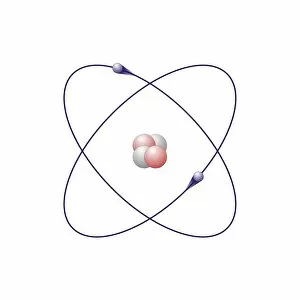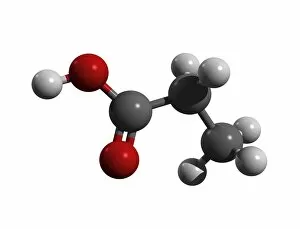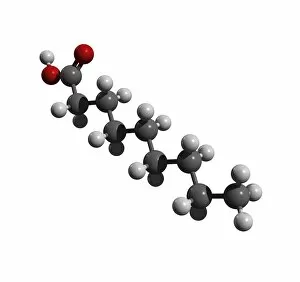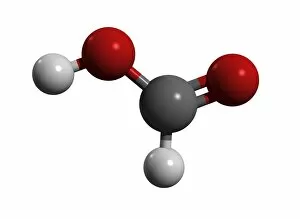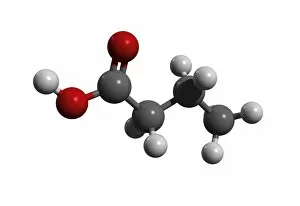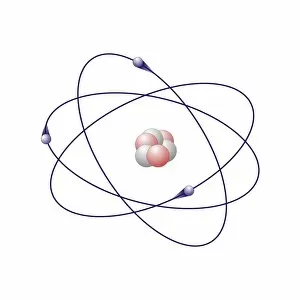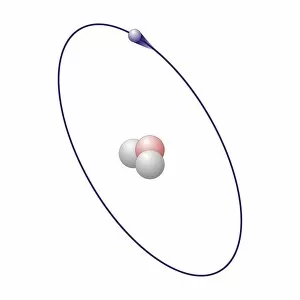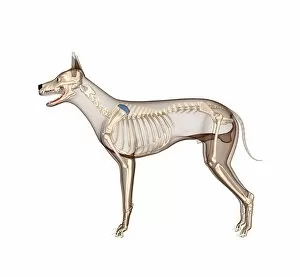Freigestellte Collection
"Exploring the Intricate Beauty: From Dog Anatomy to Artwork, Deer Anatomy to Atomic Models" Discovering the wonders of nature and science through art
All Professionally Made to Order for Quick Shipping
"Exploring the Intricate Beauty: From Dog Anatomy to Artwork, Deer Anatomy to Atomic Models" Discovering the wonders of nature and science through art, this captivating collection showcases various subjects ranging from dog anatomy to artwork. Delve into the intricate details of canine physiology as artists bring these beloved companions to life on canvas. Moving onto deer anatomy, witness how artists capture the gracefulness and elegance of these majestic creatures. Marvel at their anatomical features meticulously depicted in stunning artwork that celebrates their natural beauty. Venturing into the realm of atomic models, we encounter beryllium, helium, and boron. These elements come alive through scientific renderings showcasing their atomic structures. Dive deep into the microscopic world where atoms dance with precision and elegance. Transitioning back to nature's creations, immerse yourself in cow anatomy portrayed through artistic brilliance. Admire how artists skillfully portray bovine forms while highlighting their unique physiological characteristics that make them such fascinating animals. Shifting gears once more towards chemistry, explore molecular structures like propanoic acid and acetic acid molecules. Witness how these compounds are visually represented with meticulous attention to detail—art merging with science in a harmonious display. Continuing our chemical journey, we encounter pelargonic acid molecule alongside its counterpart formic acid molecule. Observe how these organic compounds take shape within artworks—an intriguing blend of aesthetics and scientific representation. Adding an element of mechanical ingenuity amidst this diverse collection is block and tackle artwork—a tribute to human innovation harnessed for lifting heavy loads effortlessly. Appreciate both functionality and artistic interpretation as they intertwine seamlessly here. Lastly but not leastly comes an explosive piece—the bomb artwork ignites curiosity while reminding us of humanity's complex relationship with destructive forces throughout history—a thought-provoking inclusion amid this multifaceted exhibition. From dog anatomy capturing our furry friends' essence to atomic models revealing hidden worlds.





